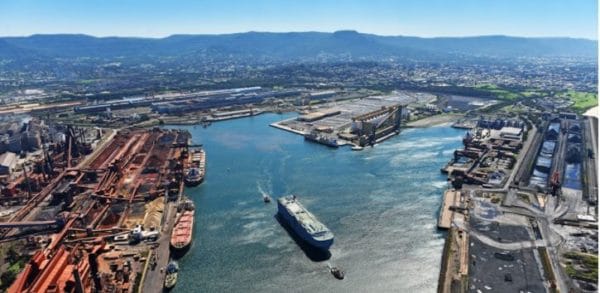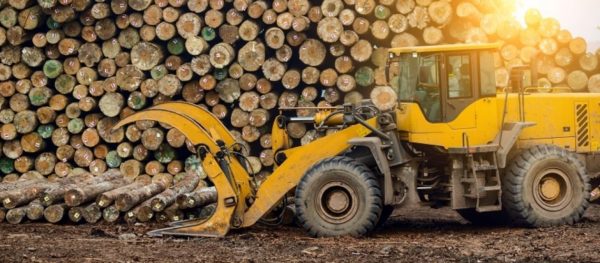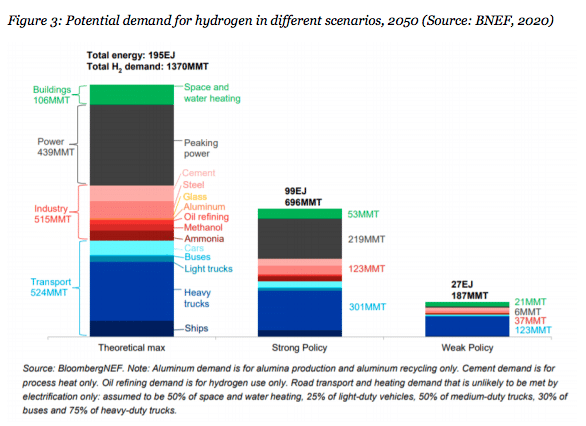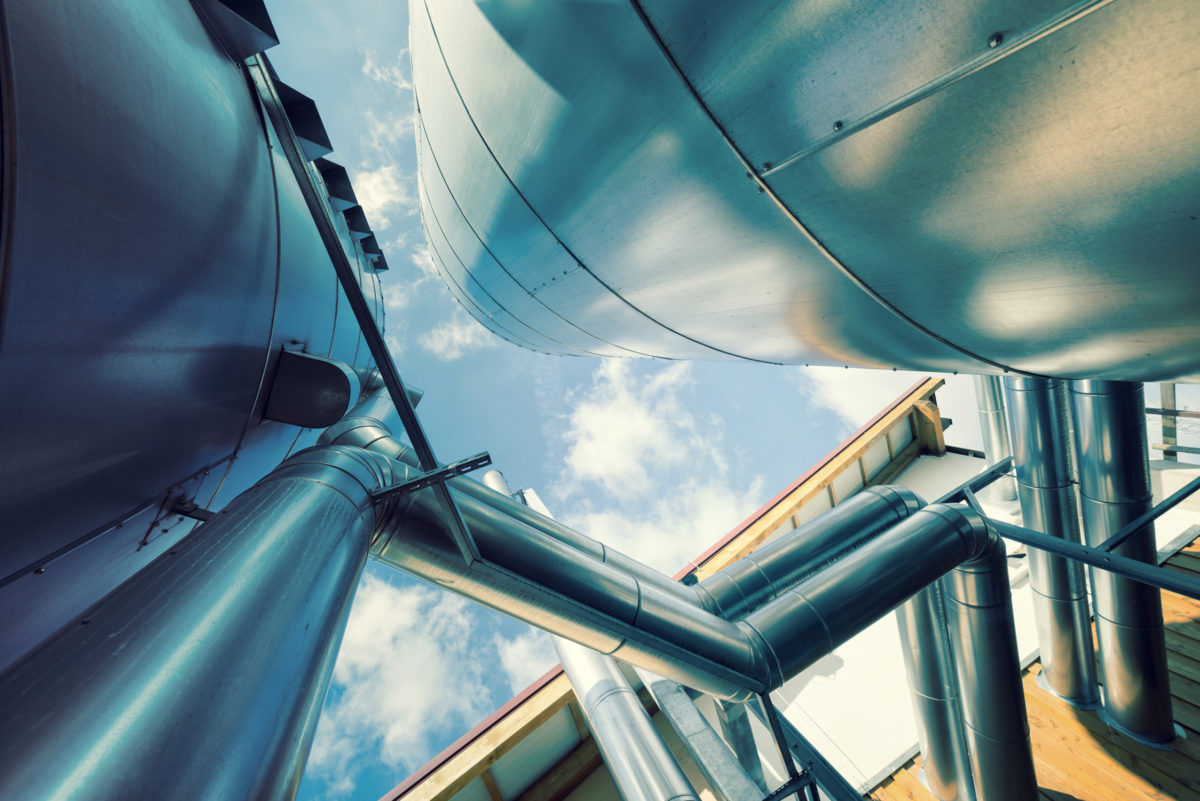A new joint venture between Australian company Clean Holdings proprietary limited and Singapore-based CAC-H2 will see hydrogen and ammonia produced in the Queensland agricultural hub of Bundaberg. The plan is to produce enough of the green fuel for domestic use and export, with Clean Holdings’ chief executive Ken Mathews telling pv magazine Australia the longterm vision is to replicate the project’s model at multiple deep-water ports along the country’s east coast.
The companies are aiming to attract more than $400 million worth of investment into the project, which at this stage will involve using agricultural waste as a feedstock (Bundaberg is one of Australia’s largest sugar cane growers) to be gasified and thereby produce hydrogen.
CAC-H2, which is delivering the gasification technology for the project, claims its method is carbon negative, since it generates hydrogen from materials which sequester carbon leaving it with a biochar byproduct which can then be reused in agriculture.
Importantly, Mathews says the Bundaberg project’s scope will shortly expand with the announcement of an additional partner and technological component. The details are expected to be made public in the coming weeks, if not days.

Image: Wollongong City Council
As part of the project, the companies are seeking to construct a deep-water wharf at the Bundaberg port specifically for large scale export of green hydrogen and its more condensed derivative, ammonia, to Japan and South Korea. The project expects to produce 30,000 metric tonnes of ammonia per year.
Mathews said his eye is on becoming one of the largest ammonia producers and exporters in Australia, with his company Clean Holdings part of a larger consortium with ties to Asia and vast ambitions.
CAC-H2
If it felt like CAC-H2 just appeared from nowhere in the past month, that’s because it did. Well, kind of. The company is itself a joint venture, the coming together of Malaysian-based gasification and EPC company Renewables Plus and CannAcubed, the making of Singapore-based Australian Glenn Davies.
While CAC-H2 is officially based in Singapore, Arman Massoumi, its chief executive of energy, said the company was established with the sole aim of developing hydrogen projects in Australia. At the company’s helm is himself and Australian Glenn Davies.
CAC-H2 was only formalised shortly before the announcement of its first project in September. Partnering with Sweetman Renewables, the pair plan to produce hydrogen in the Hunter Valley of New South Wales, in what is to be the country’s first biomass to hydrogen plant.
Gasification to produce hydrogen
Though the application of CAC-H2’s technology is novel, the process itself is not. Gasification, including to make hydrogen, has been around for decades but has typically used fossil fuel feedstocks like coal. CAC-H2, on the other hand, is seeking to use waste biomass.
Its gasification facilities can use any plant life as a feedstock and are modular by design, with Massoumi describing them as a “miniaturisation” of established facilities.

Image: Sweetman Renewables
Crucially, Massoumi says, the company’s technology does not combust biomass (burning wood, of course, releases carbon dioxide), but rather gasifies it in the absence of oxygen.
“We get wood and gasify it, or we get corn cob or cannabis, whatever, you get a gas that is a fuel gas with 20% hydrogen in it. We are then separating the hydrogen from that gas… so you’re removing the part that is sought after,” Massoumi told pv magazine Australia.
Next to hydrogen, the units output nitrogen (50%) and carbon dioxide (20%). Massoumi said the company will likely release the nitrogen into the atmosphere because it has a low market value, while the CO2 will be emitted “into a greenhouse farm” or otherwise used or sequestered.
Despite these two greenhouse gas byproducts, Massoumi is adamant the company’s process is still carbon negative thanks to its biochar. Biochar is basically charcoal and contains much of the carbon its source plant sequestered. Biochar is an increasingly in-demand product for agriculture, used to build soil and help it retain water.
This valuable byproduct, according to Massoumi, means CAC-H2’s processes are “greener than green” with the executive saying for every tonne of biochar, the equivalent of 3.67 tonnes of carbon dioxide is sequestered. After the release of carbon dioxide and nitrogen during gasification, Massoumi says the final ‘carbon receipt’ of the company’s process is reduced to around 2.5 to 3 tonnes worth of sequestration, still placing it firmly in the black. (That is, so long as no one tries to burn the biochar.)
Cheaper than electrolysis
Hydrogen produced through gasification, Massoumi says, is also cheaper than that made through electrolysis. In fact, the company is confident it can reach Australia’s stretch goal of H2 for $2 before 2030.

“We consume one third of the electricity of electrolysis,” Massoumi says, adding that its feedstock of waste wood or agricultural waste is either free or the company is paid to take it. Adding to that, project can then sell the biochar it produces. “As a result, we are not only relying on one source,” Massoumi says.
Closed loop
This loop whereby the project takes the region’s abundant agricultural waste (most likely sugar cane) and produces hydrogen with a byproduct of biochar which then goes back into agricultural production is something its developers expect will make the proposition highly attractive.
Indeed, Bundaberg has already begun experimenting with biofuels and co-location, with its council championing the development of the town’s bioHub. Clean Holding’s Ken Mathews himself ended up in Bundaberg at the behest of the region’s local government in fact. “Bundaberg, we got involved there initially because the ex-mayor reached out to us,” Mathews told pv magazine Australia back in June. He said he was invited up to Bundaberg, shown around and encouraged to scale up the ambition of his project – which was actually fast tracked by Queensland’s Cooordinator General. “When we went, [the project] was going to be a small example, but it grew very rapidly,” he said.
Bundaberg is keen to rival its neighbouring Gladstone, which has been tipped by the federal government to be the state’s hydrogen powerhouse.
Future of the ammonia & hydrogen hub
Construction on the new hydrogen and ammonia facility is expected to commence “as soon as possible”, with the companies saying first hydrogen production could come as early as December 2022. pv magazine Australia will report on the evolving details of project as soon as they are made public.
This content is protected by copyright and may not be reused. If you want to cooperate with us and would like to reuse some of our content, please contact: editors@pv-magazine.com.









2 comments
By submitting this form you agree to pv magazine using your data for the purposes of publishing your comment.
Your personal data will only be disclosed or otherwise transmitted to third parties for the purposes of spam filtering or if this is necessary for technical maintenance of the website. Any other transfer to third parties will not take place unless this is justified on the basis of applicable data protection regulations or if pv magazine is legally obliged to do so.
You may revoke this consent at any time with effect for the future, in which case your personal data will be deleted immediately. Otherwise, your data will be deleted if pv magazine has processed your request or the purpose of data storage is fulfilled.
Further information on data privacy can be found in our Data Protection Policy.